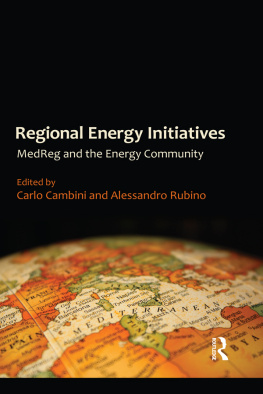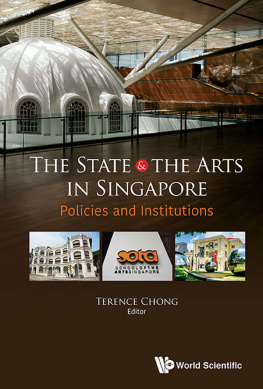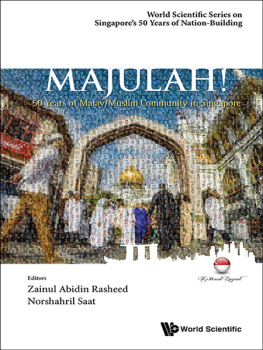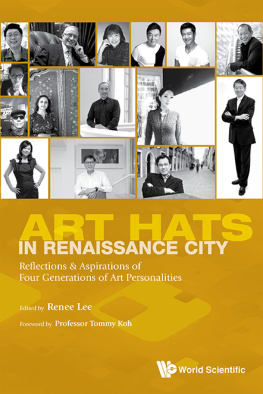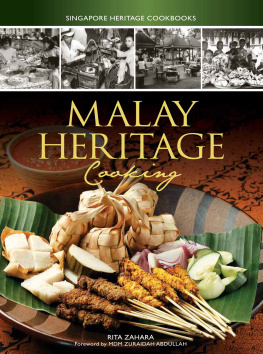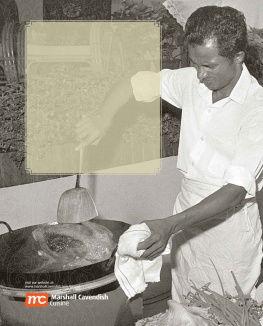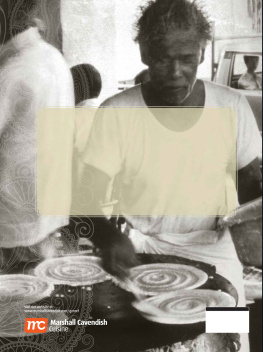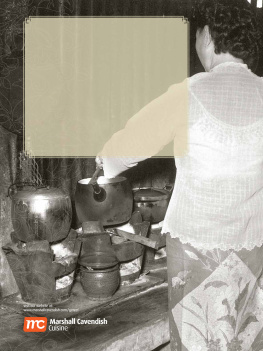
Community Arts and Culture Initiatives in Singapore
What can space do for the arts? What can the arts do for space? What can the arts and space do for the community?
Through the lenses of creative placemaking and neighbourhood arts ecology, Trivic re-examines the position of community arts in the spatial, social and cultural landscape. Emphasising urban design considerations of complex interdependent relationships between arts, space and people, he re-explores the role of community-based arts activities in shaping urban neighbourhoods, enriching public life and empowering communities. The book is divided into an analysis of spatial opportunities for the arts in neighbourhoods and a study of the impacts of bringing arts and culture activities into local neighbourhoods and communities, using Singapores nodal approach as a developed case study. Using spatial opportunity analysis, the book demonstrates a step-by-step procedure for identification and evaluation of the neighbourhood spaces that work best for community arts and culture activities. In the study of impacts, Trivic proposes a holistic framework for capturing and evaluating the non-economic impacts of arts and culture on space, society, well-being, education and participation.
The book is an invaluable template for arts event organisers and artists to assess and maximise the outcomes of their creative efforts in local neighbourhoods, as well as an important reading for students and practitioners of neighbourhood planning, urban design and creative placemaking.
Zdravko Trivic is Assistant Professor at the Department of Architecture, School of Design and Environment (SDE), National University of Singapore (NUS). He works closely with CSAC (Centre for Sustainable Asian Cities) and CARE (Centre for Ageing Research in the Environment), SDE, NUS, where he leads several research projects related to multi-sensorial urbanism, health-supportive and ageing-friendly urban space and neighbourhood design, community participation and creative placemaking.
Routledge Research on Urban Asia Series
Routledge Research on Urban Asia publishes high quality, original scholarship on cities and urban areas in Asia. The series welcomes research on the individual countries of Asia as well as comparative work from new and established scholars across the world. Themes include city cultures, urban policy and planning, megacities, urbanisation processes, sustainability, migrations and mobility, development patterns, civil society, politics and power, urban history, representations of the city, climate change, housing, gentrification and ghettoisation, social stratification and disaster risk.
Welcoming research from a wide range of disciplines, this series will be of interest to scholars of Asian Studies, Urban Studies, Sociology, Politics, Geography, Cultural Studies, History, Economics and Development Studies.
Jakarta
Claiming Spaces and Rights in the City
Edited by Jrgen Hellman, Marie Thynell and Roanne van Voorst
Time, Space and Capital in India
Longing and Belonging in an Urban-Industrial Hinterland
Atreyee Majumder
Community Arts and Culture Initiatives in Singapore
Understanding the Nodal Approach
Zdravko Trivic
For more information about this series, please visit: www.routledge.com/asianstudies/series/RRUA
First published 2021
by Routledge
2 Park Square, Milton Park, Abingdon, Oxon OX14 4RN
and by Routledge
52 Vanderbilt Avenue, New York, NY 10017
Routledge is an imprint of the Taylor & Francis Group, an informa business
2021 National University of Singapore
The right of National University of Singapore to be identified as the author of this work has been asserted in accordance with sections 77 and 78 of the Copyright, Designs and Patents Act 1988.
This Work is made possible by the research/work and resultant deliverables from the project entitled Arts and Culture Nodes in the Heartlands of Singapore: Exploring Strategies, Spatial Opportunities and Impacts (Phase 2), supported by funding from Singapores National Arts Council (NAC) and undertaken jointly in collaboration by NUS and NAC. Such research/work and deliverables form the basis upon which this Work is produced.
Trademark notice: Product or corporate names may be trademarks or registered trademarks, and are used only for identification and explanation without intent to infringe.
British Library Cataloguing-in-Publication Data
A catalogue record for this book is available from the British Library
Library of Congress Cataloging-in-Publication Data
Names: Trivic, Zdravko, author.
Title: Community arts and culture initiatives in Singapore :
understanding the nodal approach / Zdravko Trivic.
Description: New York : Routledge, 2020. | Includes bibliographical
references and index.
Identifiers: LCCN 2020012073 (print) | LCCN 2020012074 (ebook) |
ISBN 9780367439194 (hardcover) | ISBN 9780367527891
(paperback) | ISBN 9781003006473 (ebook)
Subjects: LCSH: Community arts projectsSingapore. | Artists and
community. | Neighborhood planning.
Classification: LCC NX180.A77 T75 2020 (print) | LCC NX180.A77
(ebook) | DDC 700.1/03095957dc23
LC record available at https://lccn.loc.gov/2020012073
LC ebook record available at https://lccn.loc.gov/2020012074
ISBN: 978-0-367-43919-4 (hbk)
ISBN: 978-1-003-00647-3 (ebk)
Typeset in Galliard
by Apex CoVantage, LLC
The specific projects and broader questions that underpin this books analysis how communities might be defined and identified, from within and without, how they cohere, how they align or diverge from the broader identity and interests of the state resonate with the current debates in many places around the globe. Community Arts and Culture Initiatives in Singapore examines the role that the arts can play in these bigger questions, particularly as a medium for expressing shared local identities, for building and empowering communities through participation in various arts projects and for prompting dialogue between the community and the state agendas.
The discussion that Zdravko Trivic sets out here is focused through a lens provided by architectural and urban design considerations the inter-relationships between art and space or place. In this sense, he draws the specifics of these recent Singaporean practices and examples into a wider geographical and historical debate concerning site-specific and community arts practices. As much as his study provides answers and guidance, it also raises further questions and will contribute to many debates.
This book addresses questions concerning the position of community arts in the social and cultural landscape, which in turn raise questions concerning what is art and what is community? While the focus here remains mainly on the Singaporean context, it returns our attention to continuing distinctions between so-called high and low art and is as much about the complex systems of support, sponsorship and their global and local spaces of circulation as it is the audiences and institutions to which these practices connect.
These distinctions, and the tensions they often give rise to, can also be linked to attitudes that underpin how art is valued. Despite various challenges, Enlightenment attitudes continue in circulation, albeit linked to different artistic output. These are associated with conceptions of artwork exemplified by Kants philosophy, which linked the work of the genius-artist to free production, removed from the restricted economy of industry. Community arts challenge this idea of free production, of artistic activity that remains beyond any form of exchange or without use value. Here instead, art is linked to instrumentality and echoes debates concerning the applied arts that emerged during the nineteenth century in Europe, where they were linked to processes of industrialisation, urban growth and the social changes that accompanied them.



